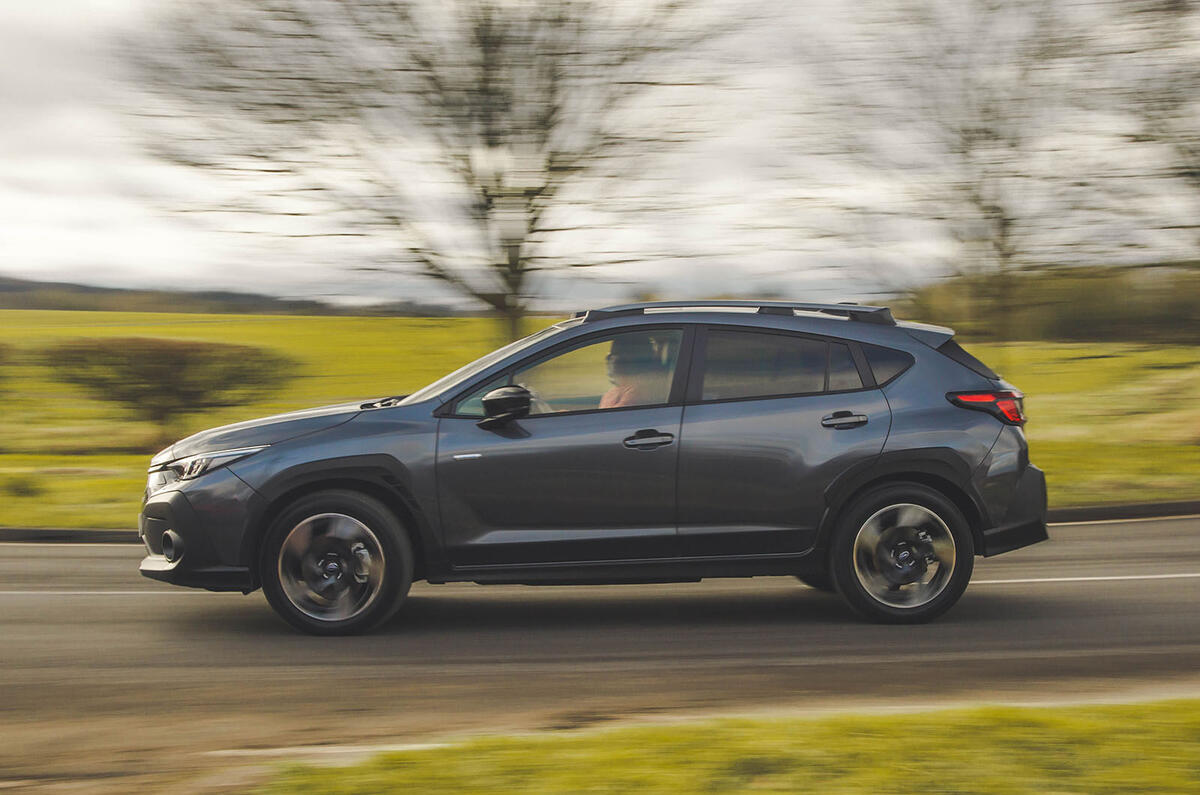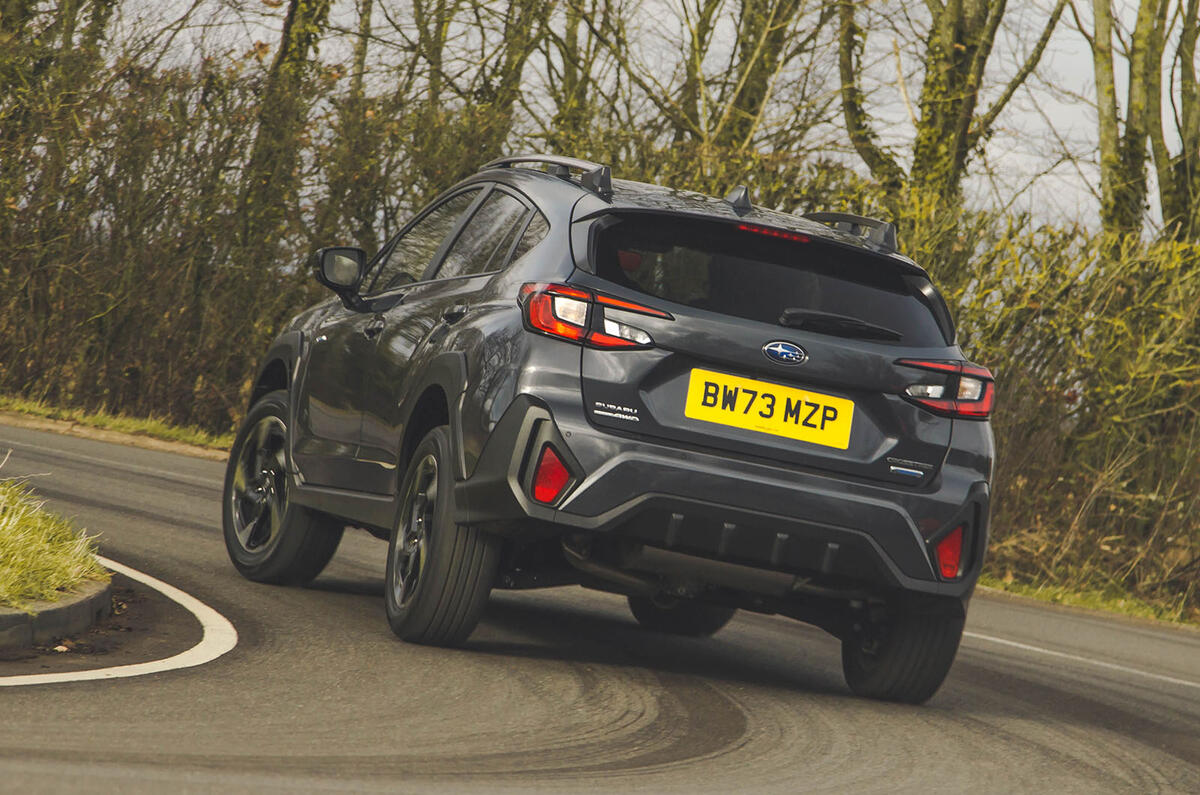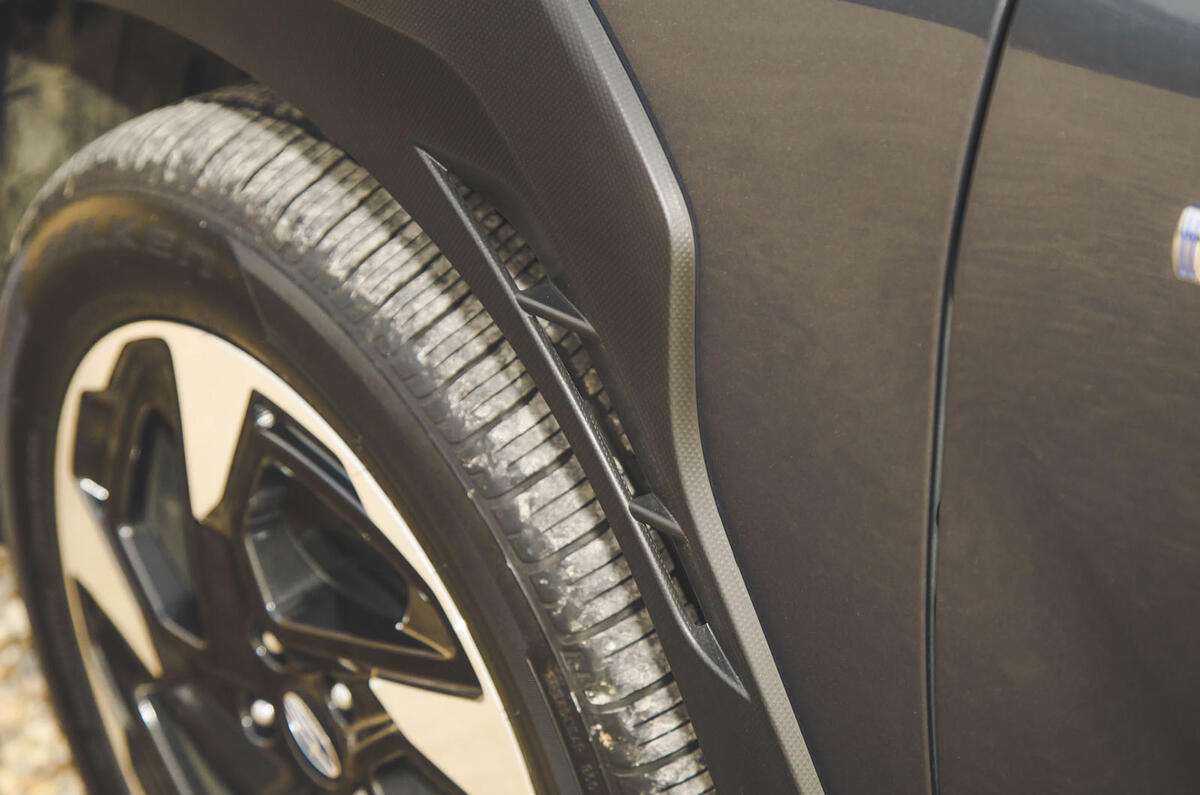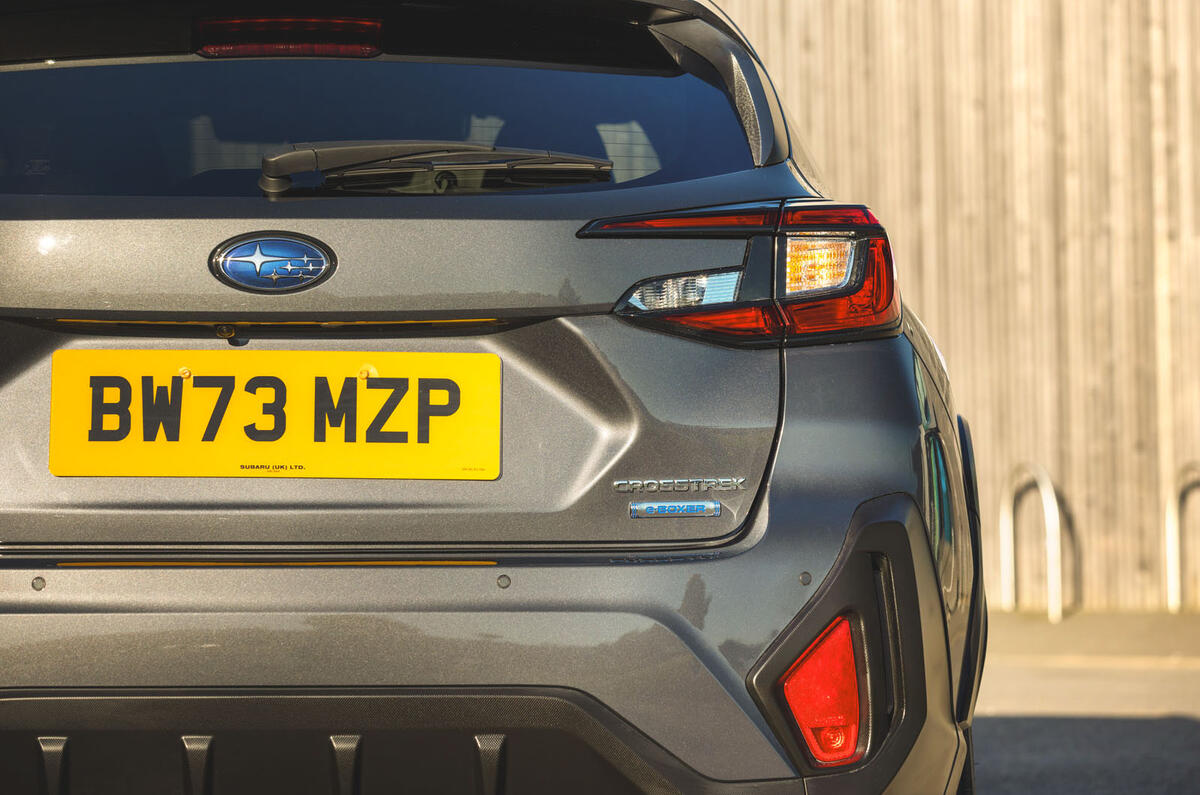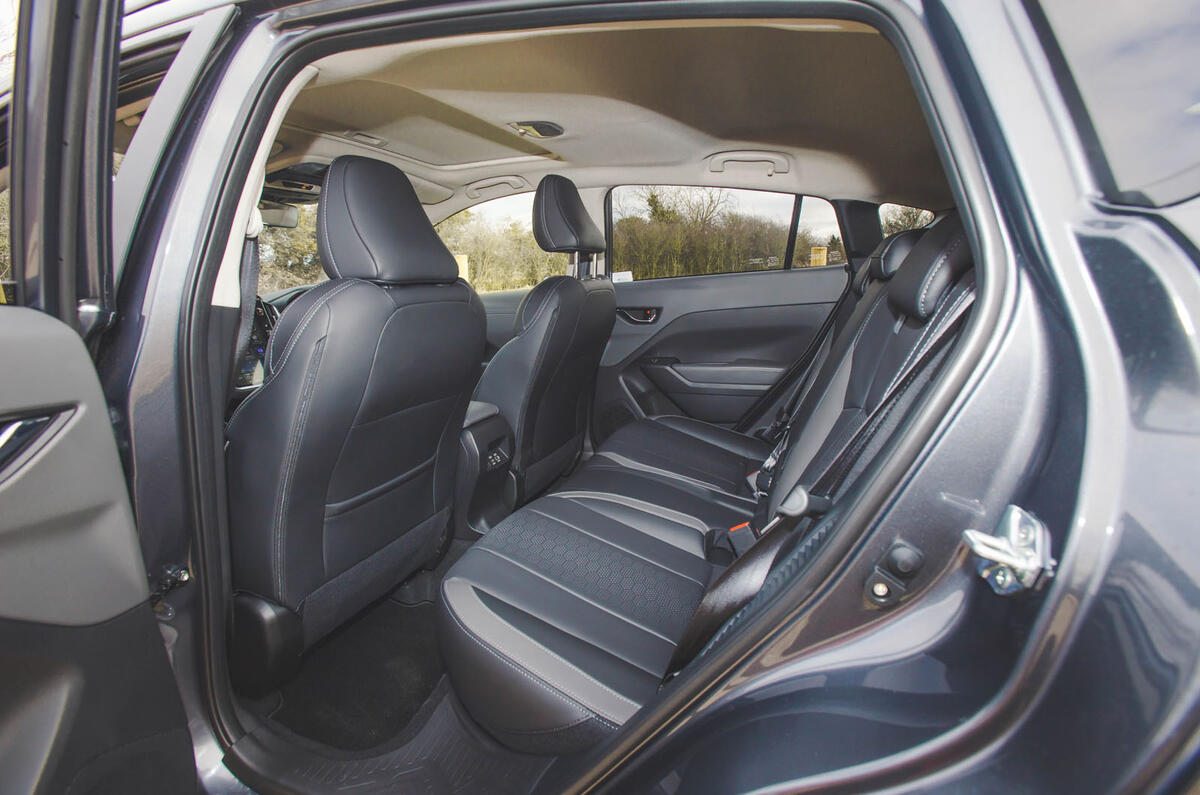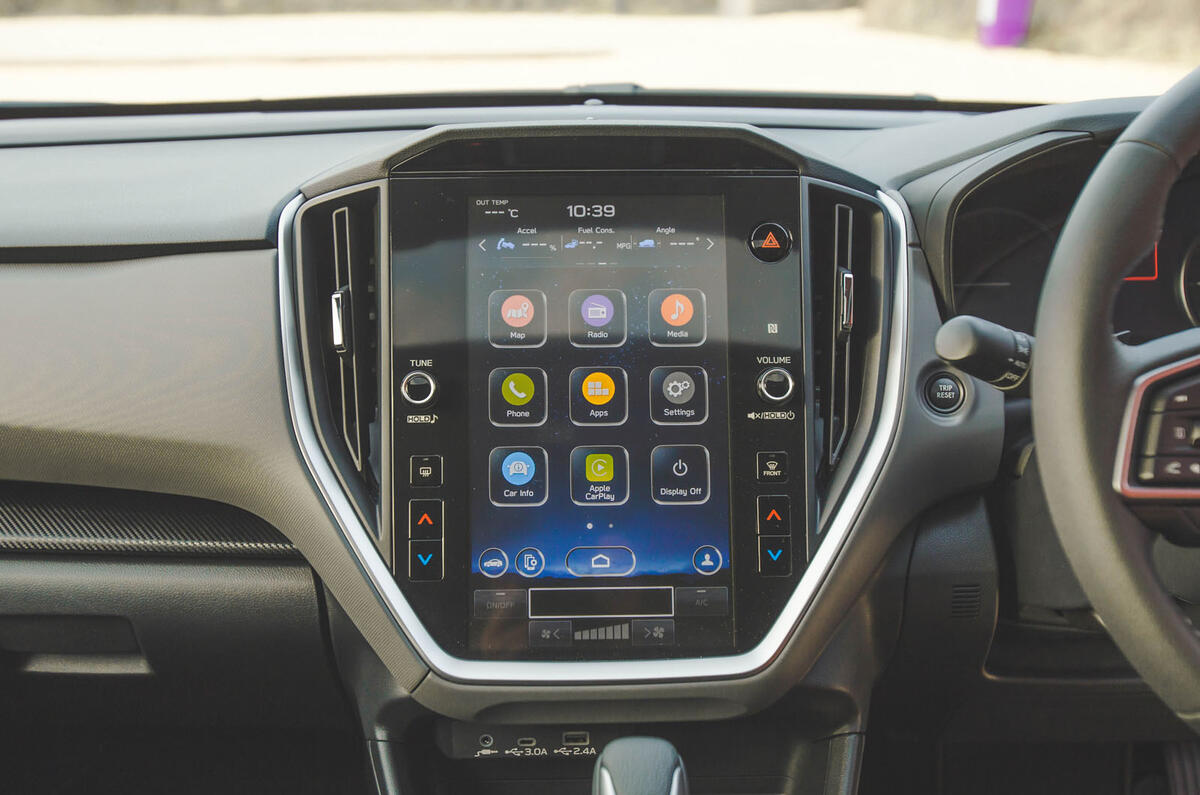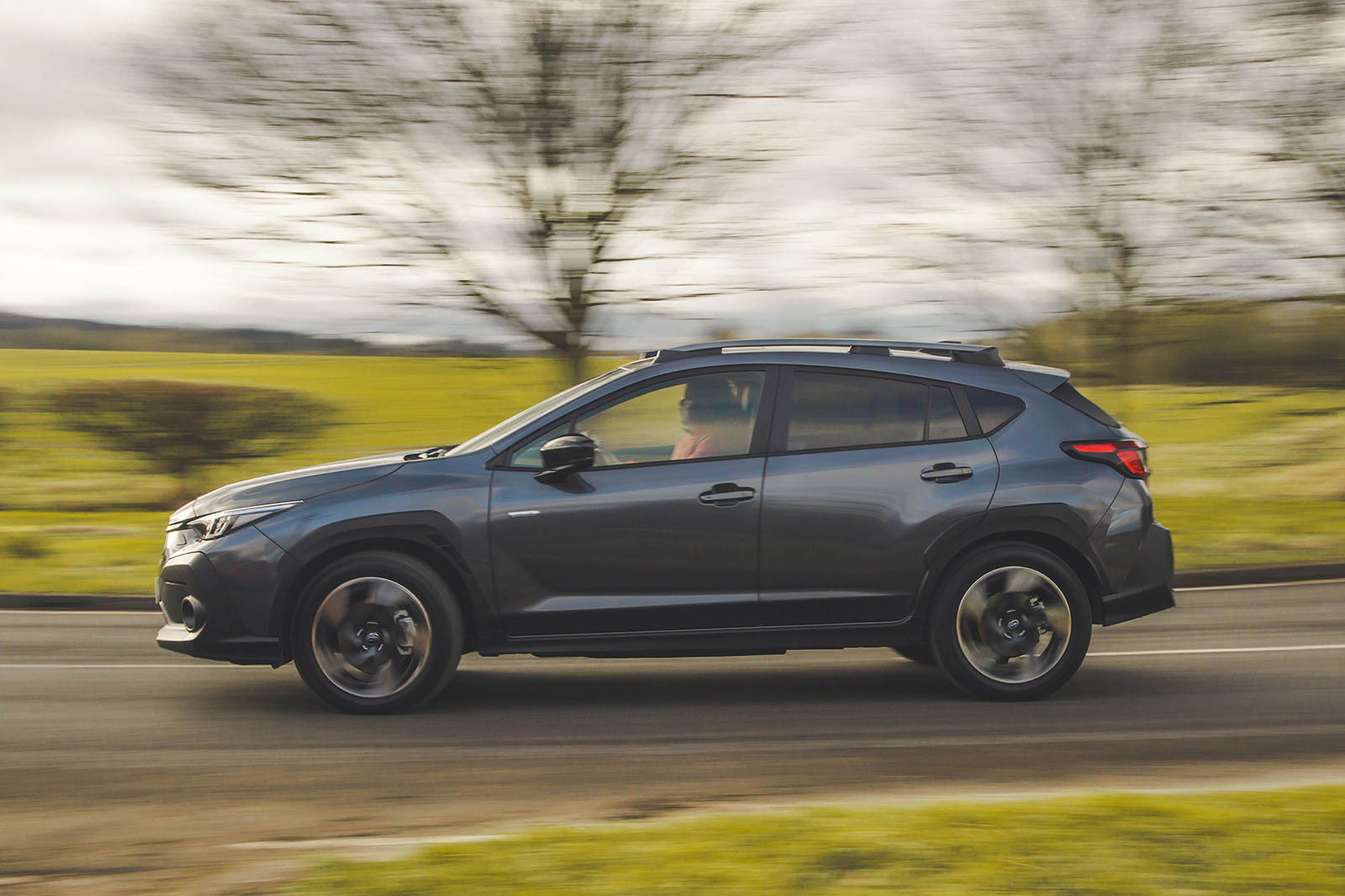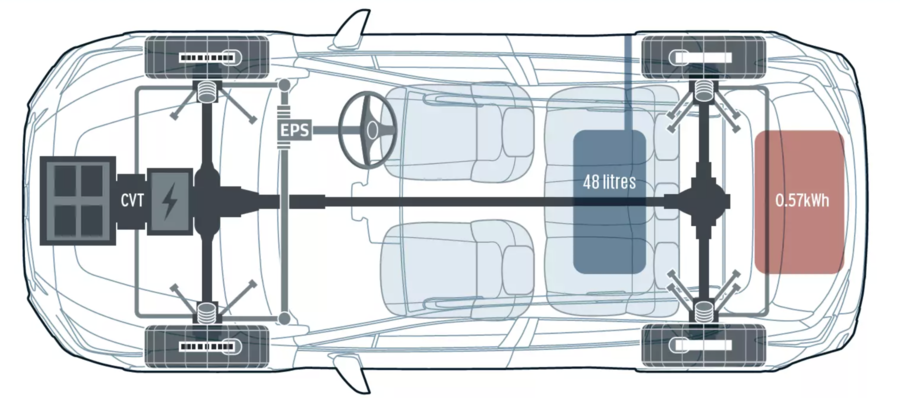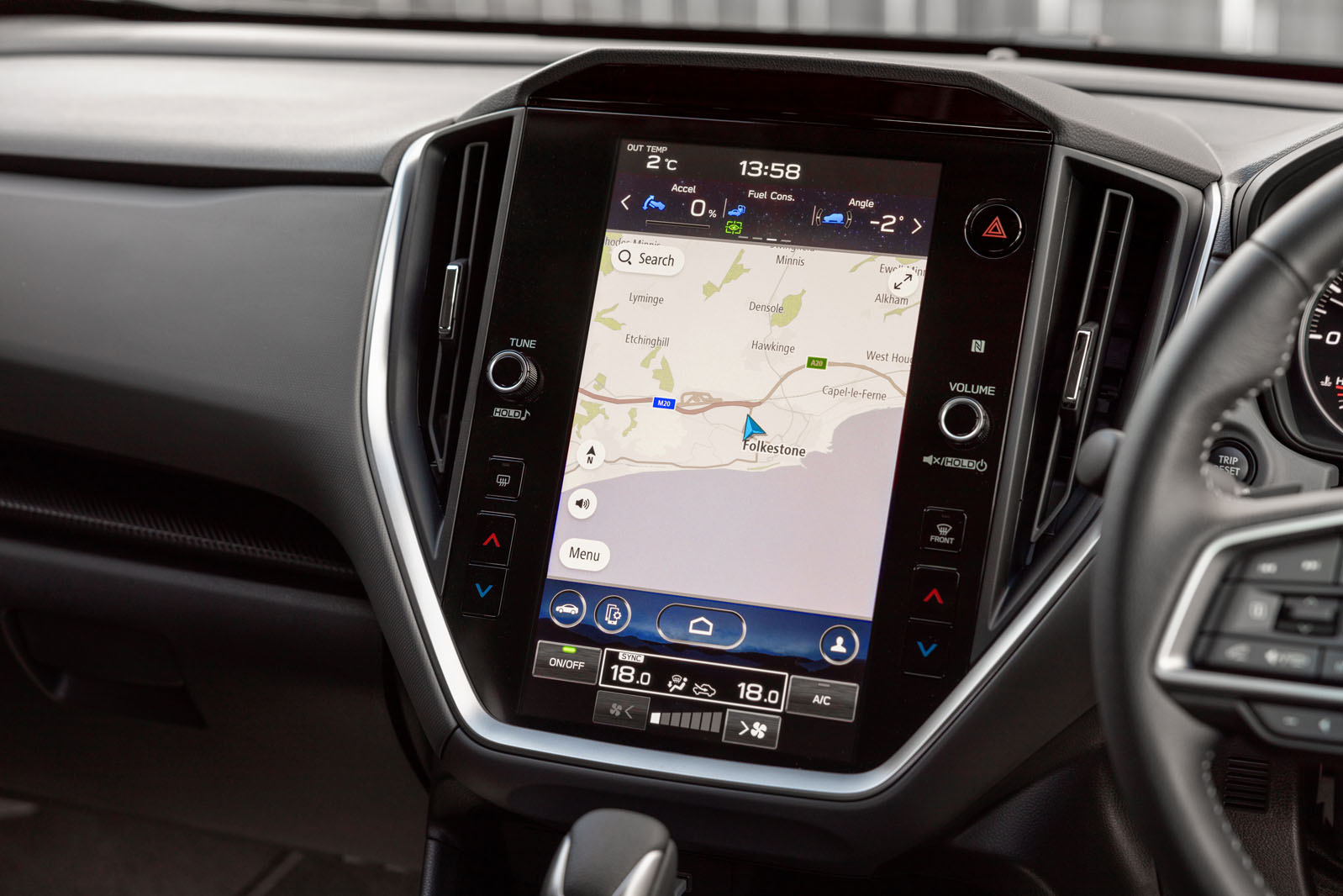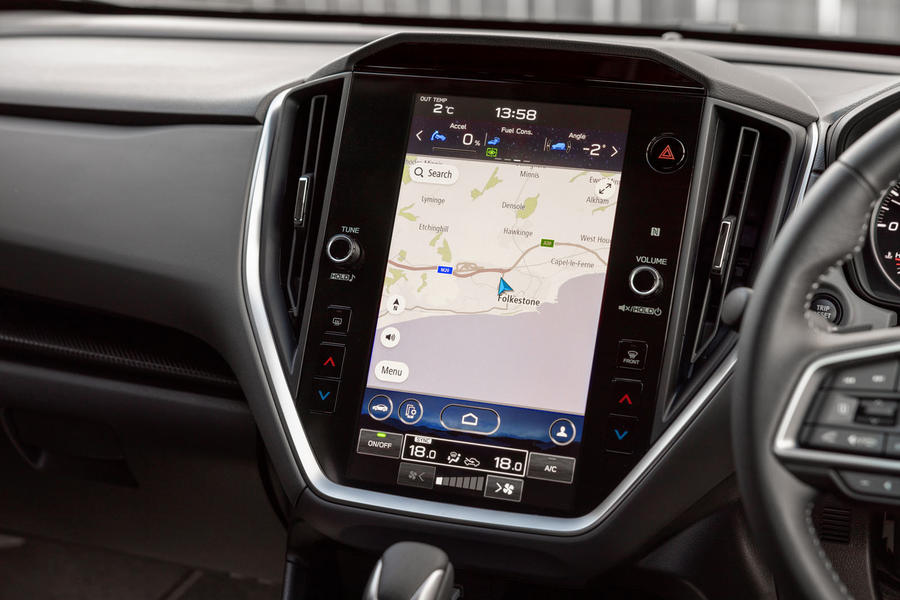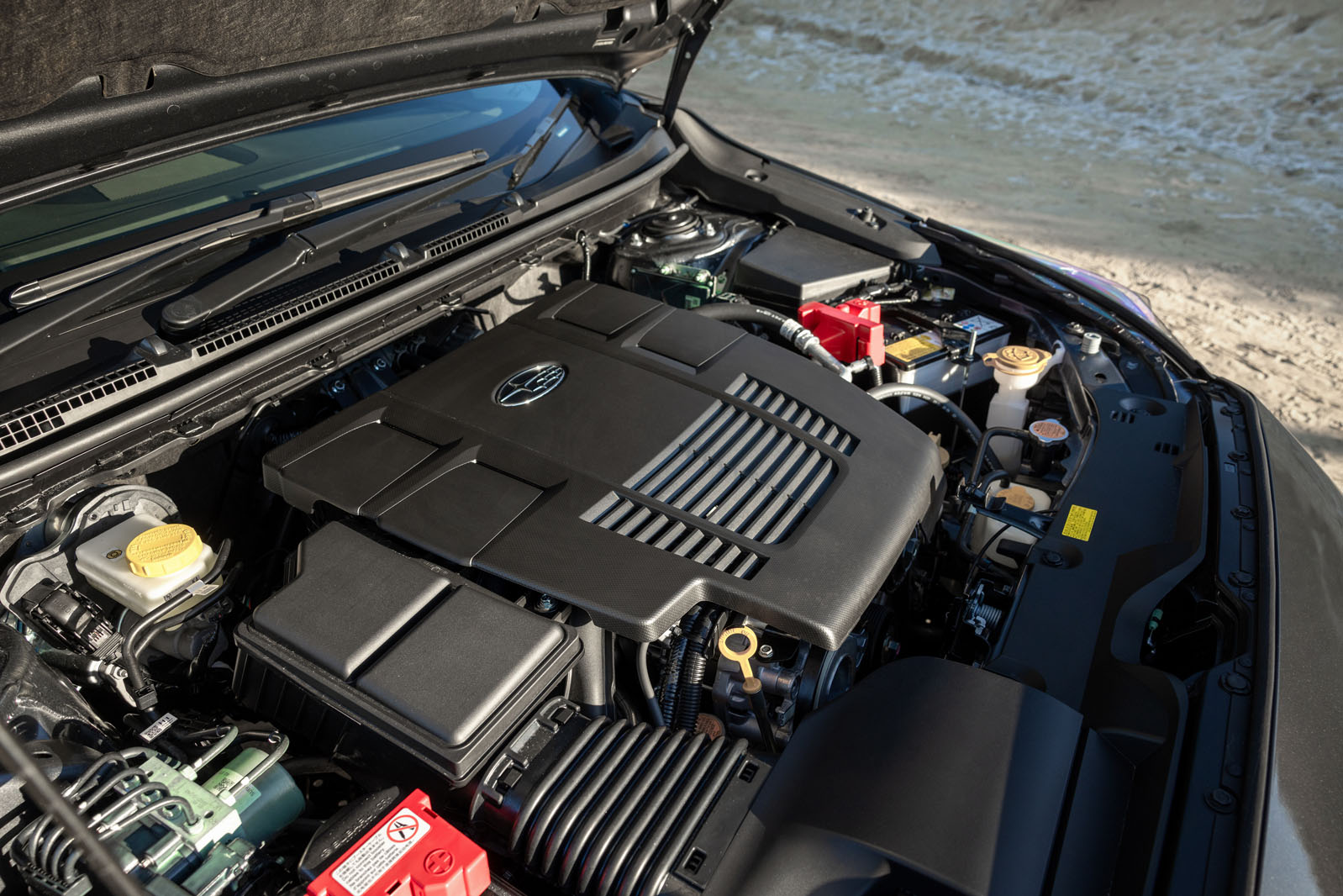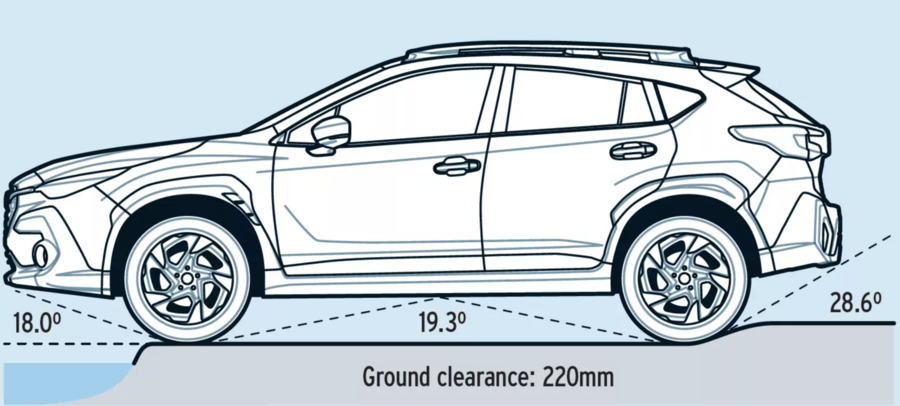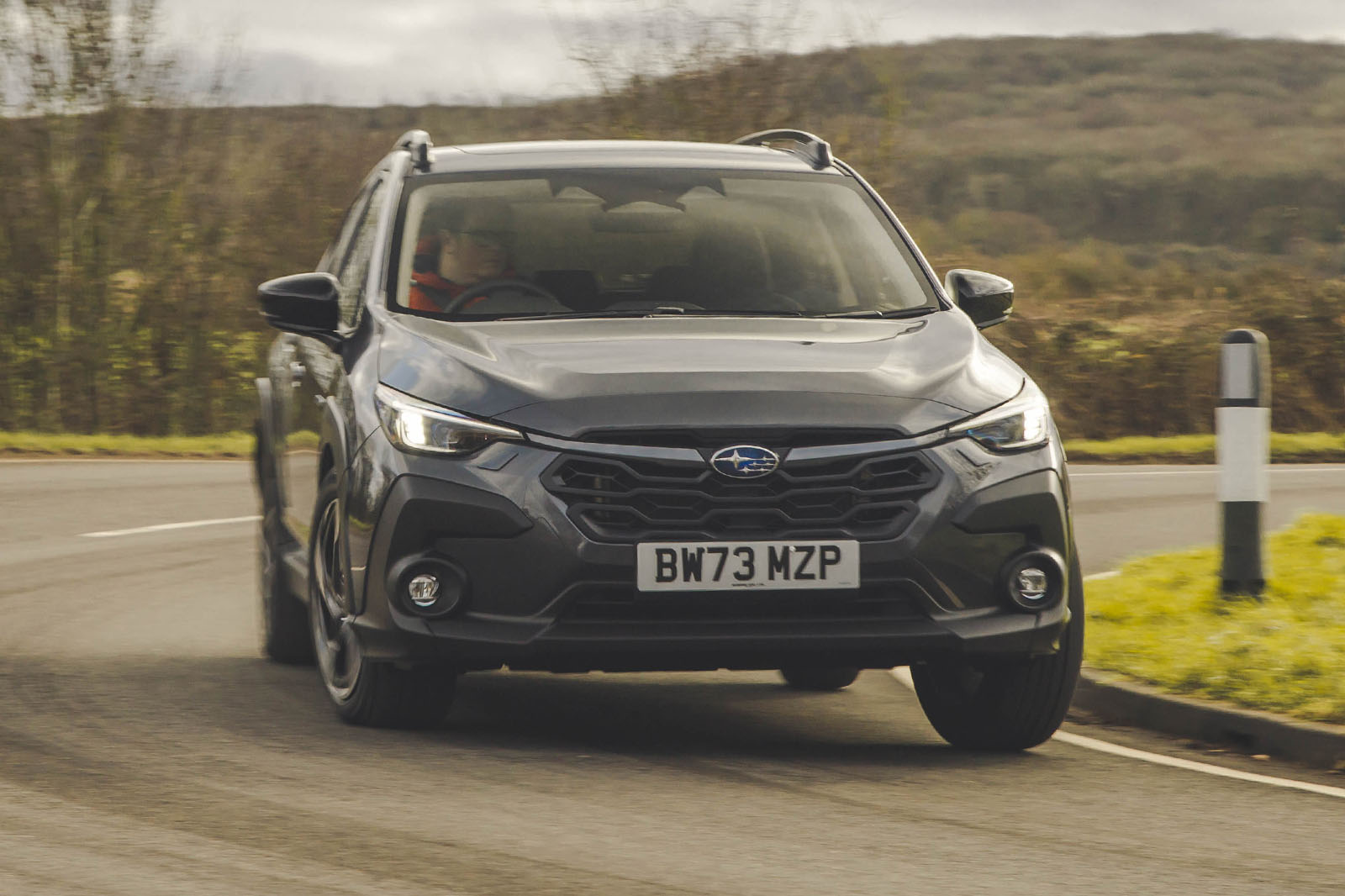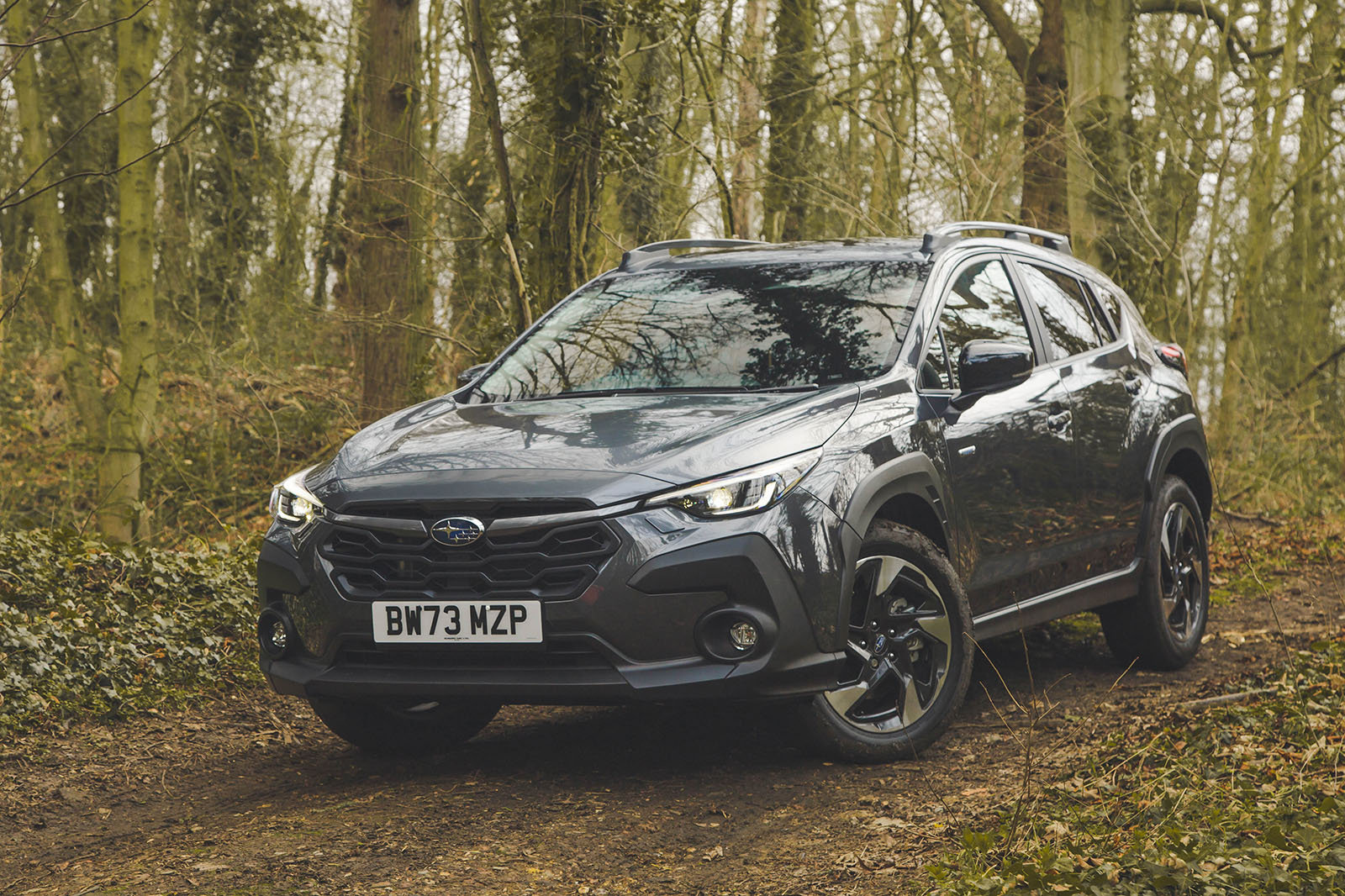Twenty-five years ago, few Subaru devotees would have expected a car like this week’s road test subject – the third-generation Subaru Crosstrek (née XV) – to become this enduringly interesting and determinedly alternative brand’s biggest-selling model.
And yet it is. Last year, around 40% of Subaru’s (admittedly modest) share of the European market was accounted for by the car we have known as the XV for two full model generations, since its first appearance on our roads in 2012. Now, however, the model’s North American market identity becomes its global one and so, to us at least, XV becomes Crosstrek.
Although the once-celebrated Impreza briefly returned to UK showrooms towards the end of the last decade, this car has become Subaru’s de facto smallest and most affordable model. Sharing the same platform as the Impreza hatchback, it has a hybridised flat-four petrol engine and clutch-based permanent ‘symmetrical’ four-wheel drive.
You could hardly find a better embodiment of what makes Subaru so different from other car makers than this Crosstrek: a rugged but otherwise regular hatchback with plenty of ground clearance, and both a chassis and driveline optimised for off-road use, in a market where many people buy large SUVs and drive them only on Tarmac.
However, on behalf of those who’d prefer the functionality, rather than the size and space, of an off-roader, the Autocar road test will now explore the compact off-roader done differently.
The range at a glance
| Model | Power | From |
|---|---|---|
| 2.0 Limited | 134bhp | £34,290 |
The Crosstrek UK showroom line-up is about as simple as it could be: one engine and transmission, and two trims.



